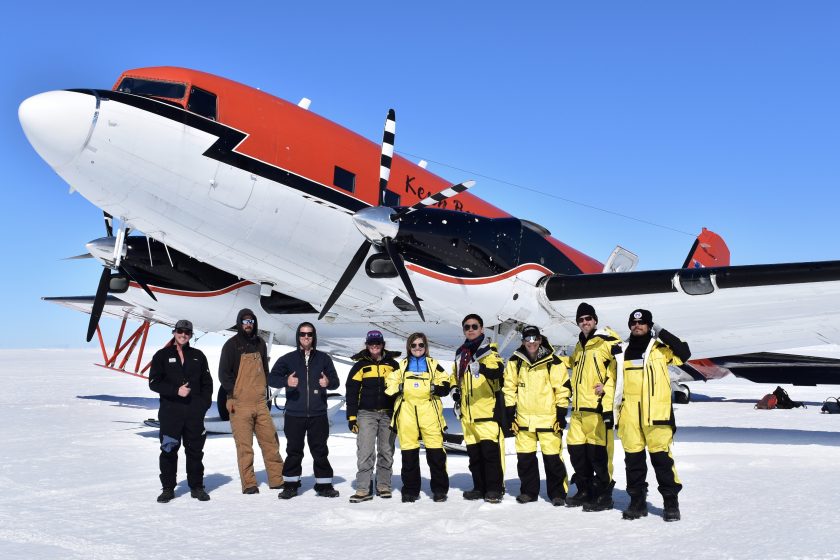UTIG: 50 Years of Exploration and Discovery
December 12, 2023

The University of Texas Institute for Geophysics (UTIG) celebrated 50 years as a world leader in geophysical research at a symposium in November 2022. The event looked back on UTIG’s part in historic discoveries and highlighted ongoing projects and research topics.
“Fifty years is a significant milestone,” said UTIG Director Demian Saffer. “It’s a time to reflect on the scientific contributions.”
The institute has played important roles in historic discoveries, including those in the areas of plate tectonics, sea level rise, earthquakes, planetary exploration and the extinction of nonavian dinosaurs.
Founded in 1972 by renowned geophysicist Maurice Ewing, UTIG was originally situated in Galveston, Texas. The institute moved to Austin in 1982 under director Art Maxwell, where it became part of the Jackson School of Geosciences in 2001.
The institute’s first major assignments included support missions for the Unites States’ fledgling scientific ocean drilling program and analysis of instrument data from NASA’s Apollo moon landings. According to UTIG Senior Research Scientist Jamie Austin, the ocean survey missions set UTIG apart as a leader in expeditionary field research.
“We’ve gotten more co-chief scientists that have run expeditions around the world in the drilling program than anybody else,” Austin said.
Today, the institute’s researchers lead field studies at sites across the world, from the South Pole to the Highland Lakes of Central Texas. They are also working with NASA to send a UTIG-developed radar system to look for life on the ice world of Europa.
Away from the field, the institute has helped bring computational geosciences to the mainstream.
Today, UTIG researchers use supercomputers to make climate predictions and breakthroughs in earthquake forecasting. To learn more and see photos from the event, visit ig.utexas.edu/50-years.
Back to the Newsletter